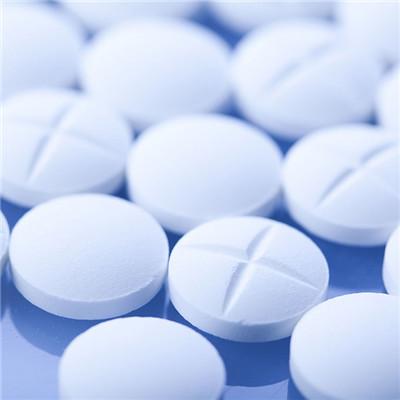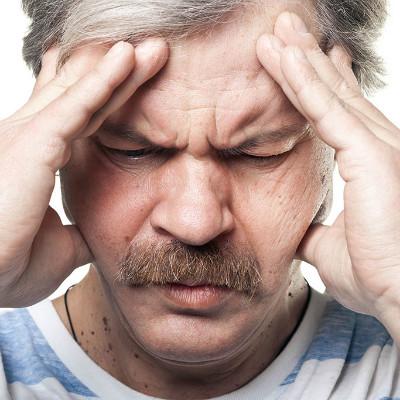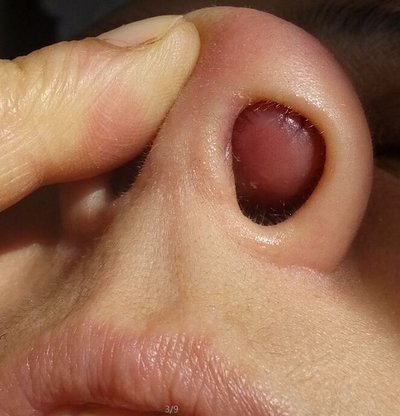Symptoms and treatment of severe heatstroke?
summary
When summer comes, people are most afraid of high temperature. However, the direct injury is heatstroke, especially severe heatstroke. For severe heatstroke, as the name suggests, is one of the most serious clinical manifestations, because the symptoms of patients are more crisis, so not timely rescue treatment will endanger life. Symptoms and treatment of severe heatstroke? Now we have a detailed understanding of the symptoms and treatment.
Symptoms and treatment of severe heatstroke?
1. Heat spasm symptoms; The spasm caused by high fever usually occurs when the concentration of sodium chloride in the blood drops rapidly and obviously due to sweating and thirst, drinking too much water and insufficient salt supplement. It can be accompanied by paroxysmal spasm pain in the muscle when heatstroke occurs. For severe heatstroke patients, in addition to immediately transferring them from the high temperature environment to the cool and ventilated place, they should also be quickly sent to the hospital, and comprehensive measures should be taken for treatment.
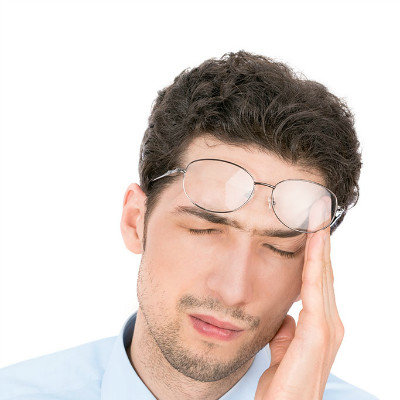
2. Symptoms of sunstroke; It is because of the direct exposure to the hot sun, the strong sunlight penetrates the head skin and skull, causing brain cell damage, mainly because of the lack of blood supply to the brain, which leads to congestion and edema of brain tissue; As the main injury is the head, the initial discomfort is severe headache, nausea and vomiting, irritability, and then coma and convulsions. If it is far away from the hospital, the patient should be separated from the high temperature environment, wrapped with wet sheets or wet clothes, and given a powerful fan to increase the evaporation heat dissipation. It is also a good way to soak patients in lakes or rivers, or even cool them with snow or ice while waiting for transfer.
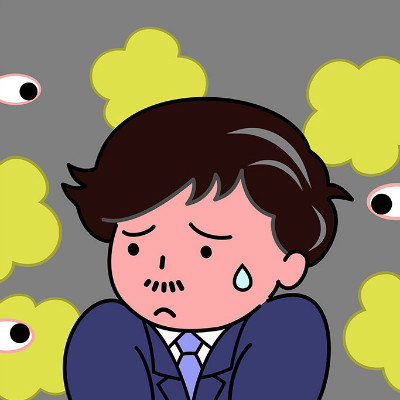
3. Symptoms of heat stroke; This kind of disease refers to the people who have been engaged in physical labor for a long time, because the body produces too much heat, and the heat dissipation is insufficient, resulting in a sharp rise in body temperature. In the early stage of the disease, there were a lot of cold sweat, followed by no sweat, shallow and fast breathing, fine pulse, restlessness, blurred consciousness, decreased blood pressure, coma and limb convulsions; Severe cases can produce brain edema, pulmonary edema, heart failure and other symptoms. If the patient is shivering, the cooling process should be slowed down, because shivering can increase the core body temperature (warning: the body temperature should be measured every 10 minutes, and it is not allowed to drop to 38.3 ℃ to avoid hypothermia due to continuous cooling).

matters needing attention
In order to avoid heatstroke, people must prepare sunscreen tools when they go out in summer. From 10 o'clock to 16 o'clock, the sun is the hottest. Avoid walking in the sun. If you have to go out at this time, you must do a good job of protection, such as playing sunshade, wearing sunshade hat, sunglasses. In addition, adequate water and drinks are also necessary.
